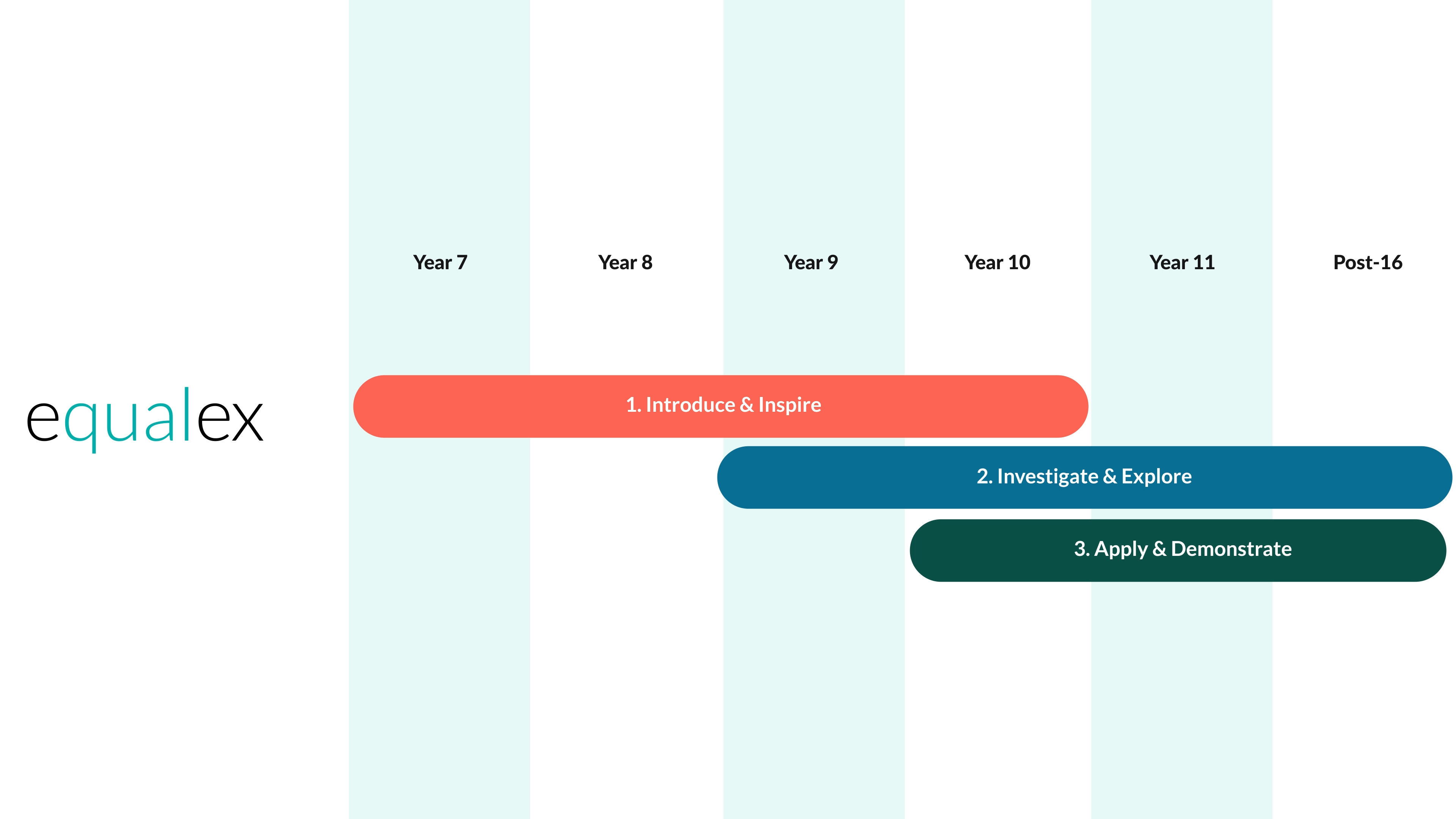The work experience guarantee represents the government's ambition for every young person to have had two weeks’ worth of meaningful work experience by the end of year 11. It is not yet official policy, but it is something that is in development and that schools will be focusing a lot on going forward.
This article explains what the work experience promise is, the different types of work experience depending on a child's age, and how parents and carers can help their young people understand how work experience can help them build up the skills, knowledge and behaviours they need for the future.
The modern work experience model
Modern work experience should guarantee every young person access to high-quality, multiple workplace experiences, totalling 10 days' worth throughout secondary education.
This guarantee includes young people with special educational needs and disabilites (SEND).
It will help young people to make informed choices and improve career readiness and employability by offering multiple, variable and targeted experiences throughout their education journey.
What is 'modern' work experience?
Modern work experience:
Prioritises young people who are missing out and provides targeted support
Starts early, allowing access to multiple different industries and occupations
Includes experiences that are employer-led and enables meaningful relationships between employer and young person
Offers meaningful experiences underpinned by learning outcomes, to ensure a progressive high-quality approach
The equalex framework
The equalex framework has been developed by The Careers & Enterprise Company to play a vital role in supporting the government's commitment to modern work experience for every young person.
It provides a roadmap for young people, parents/carers, teachers, and employers to ensure that everyone understands what the journey looks like for a young person's experiences of work throughout secondary school and post-16.
High quality work experience helps young people get ready for the world of work by:
Increasing awareness of jobs and pathways like apprenticeships
Building confidence in key skills like speaking and listening
Reducing the likelihood of a young person becoming NEET (Not in Education, Employment or Training) at 16 and 18
What are the steps that young people will take in their work experience?
The equalex framework is structured in a way that gradually introduces younger students to work experience, before getting progressively more in-depth, as you can see with this chart...


